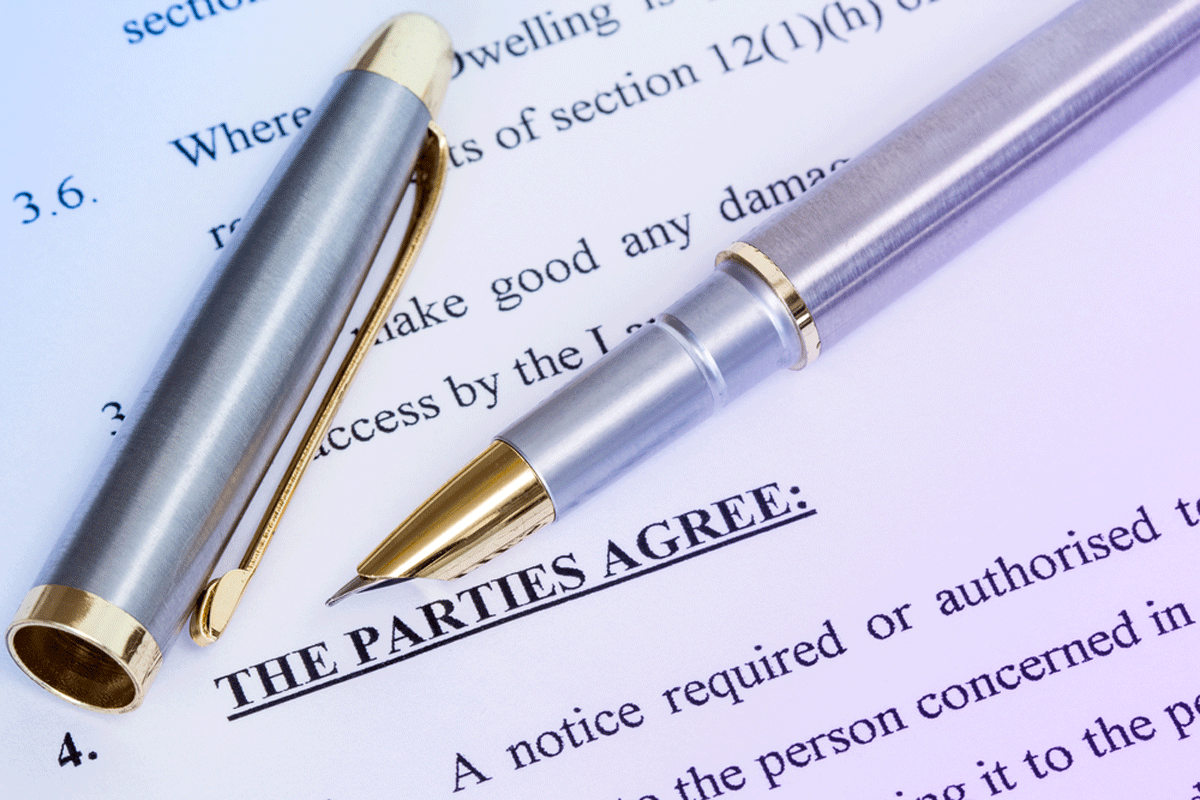Sean Skelton, branch manager and sales valuer at Roseberry Newhouse, revealed his first five tips to help keep all landlords up to date with lettings legislation. Here are his final five to keep landlords on track.
Legionnaires’ Disease
All residential properties which are rented out must now have a risk assessment undertaken to determine the risk of Legionella. This then allows landlords to implement a suitable control scheme. Further information regarding the changes can be found here.
Insurance
Landlord insurance is a growing area, with an increasing number of specialist policies covering a range of products from building insurance, contents, legal protection, rent loss and appliances. Having the correct insurance is vital and not being adequately protected could be disastrous.
Safety requirements
Before letting out a property, a landlord should ensure that the property meets all current safety regulations, these include:
Gas Safety Regulations 1998
Furniture and Furnishings (Fire) (Safety) (Amendment) Regulation 1993
Check-ins and check-outs
Conducting a proper check-in and check-out is essential. These should include a full inventory check, condition report check and a full set of dated digital photographs. If the landlord and the tenant can’t agree on what the tenant may be liable for at the end of the tenancy then the check-in and check-out evidence is the only way the landlord can prove their case. In contested cases, TDS adjudicators start from a position of ‘the money belongs to the tenant’ and it’s up to the landlord to prove otherwise.
Immigration Bill
From the 1st February 2016, landlords and letting agents must check that their tenants and any other permitted adult occupiers have the ‘right to rent’. As from this date, all prospective adult occupiers over the age of 18 will need to provide acceptable documentation to prove that they have the right to reside and therefore rent within England. The new changes will only impact on tenancies that commence on or after 1st February 2016.
The responsibility for carrying out the checks falls on the landlord, agent or householder, who is letting private rented accommodation. Where a managing agent has been instructed, the responsibility of checking the ‘right to rent’ of prospective tenants falls on them and not the landlord. If, however, a letting agent establishes that a person does not have the right to rent, and reports the matter to the landlord in writing, should a residential tenancy commence with the said parties, the landlord will then be liable to a penalty. Under the new rules, landlords who fail to comply could face penalties of up to £3,000.00 per adult occupier.
In order to comply with the new changes and in making ‘right to rent’ checks, a landlord, letting agent or householder should check the following prior to creating a residential tenancy;
1. Check which adult occupiers will live in the property as their only or main home.
2. Verify and take copies of acceptable documents for each adult occupier. Record the date of verification and noting any expiry dates of a person’s right to be in the UK.
For more information on these measures known as ‘right to rent’ click here.






